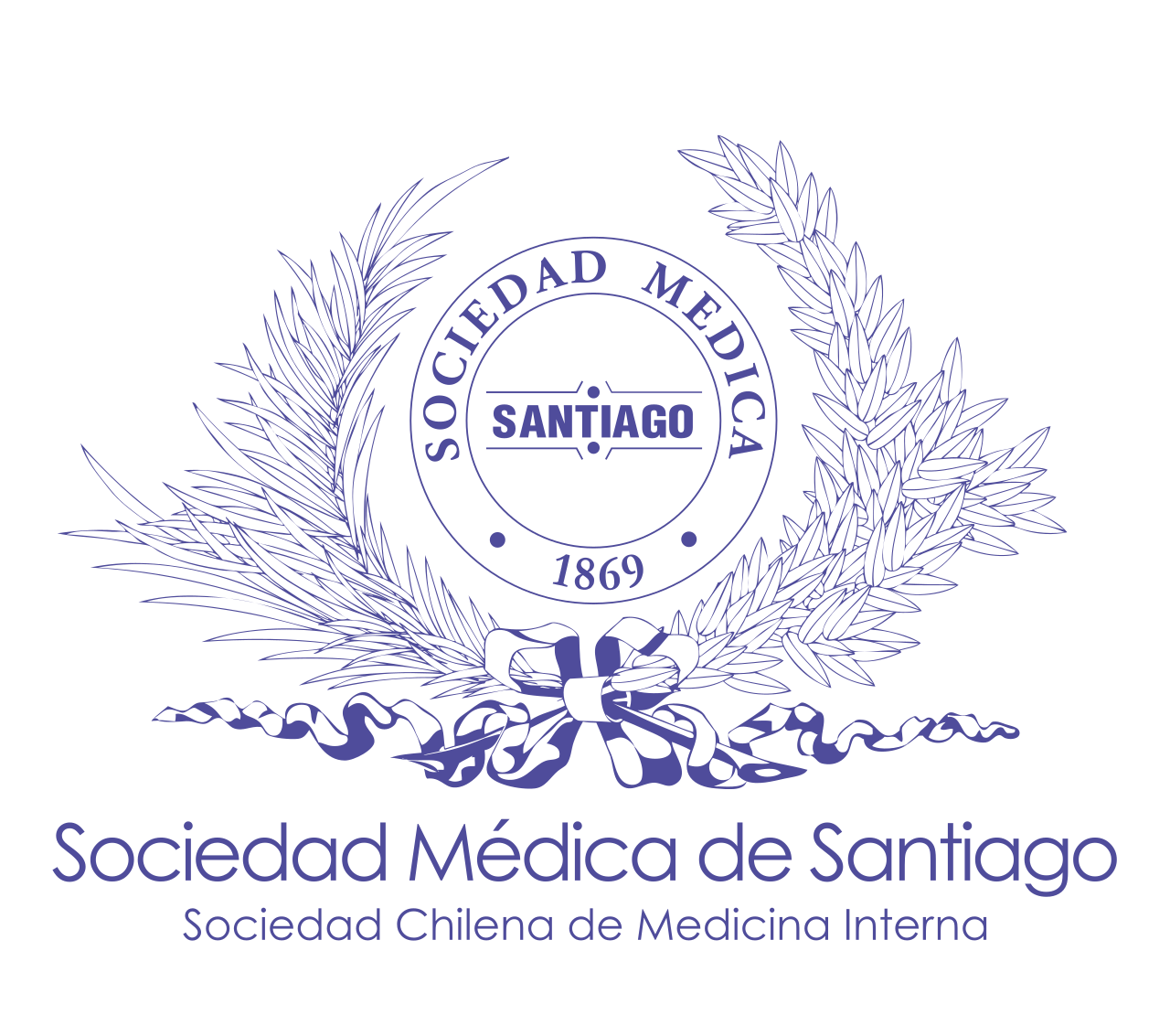¿Es Suficiente la Protección Otorgada por Gafas Plomadas en Cardiología Intervencionista?
Palabras clave:
Lens, Crystalline, Radiation dosage, Radiology, InterventionalResumen
PROTECTION AGAINST IONIZING RADIATION BY LEADED GLASS GOOGLES DURING INTERVENTIONAL CARDIOLOGY
Background: It is not known whether leaded glass goggles with 0.25 mm Pb equivalency, used in interventional cardiology procedures, attenuate radiation below the levels established by the latest recommendation of the International Commission on Radiological Protection (ICRP). Aim: To assess if the degree of attenuation of the secondary ionizing radiation achieved by the use of 0.25 mm Pb leaded glass goggles, in occupationally exposed workers in interventional cardiology procedures, meets the latest ICRP recommendations. Material and methods: A prospective investigation was carried out to compare the eye exposure to secondary ionizing radiation received by occupationally exposed personnel in a 9 months period. A set of two thermo luminescent dosimeters was arranged in the front and back of leaded glass goggles in a cohort of seven members of an interventional cardiology service, exposed to 1057 consecutive procedures. Results: The monthly dose equivalent measurement performed in front of the goggles ranged between 1.1 and 6.5 mSv, for paramedics and interventional cardiologists. The radiation measured in the back of the glass varied between 0.66 and 2.75 mSv, respectively. The degree of attenuation of the dose at eye level ranged from 40% to 57.7%, respectively. The projected annual exposure would reach 33 mSv for the interventional cardiologist. Conclusions: With a similar load of work and wearing 0.25 mm Pb equivalent glass goggles, interventional cardiologists will exceed the crystalline equivalent dose limit recommended by the ICRP (20 mSv/year averaged over the past 5 years).



